Grammar Games Short Description:
Check out this fantastic file folder grammar games set where you and your child will make funny faces while working on speech and language skills. As soon as your purchase is complete, you will immediately be given a link to download the files to create this game. Simply print and assemble and you will have a file folder game that you can take anywhere. This game comes with written activities for how you can use it to work on a variety of speech and language skills. The primary skills targeted with this game are labeling body parts, using pronouns (he, she), and using possessive pronouns (his, her). However, instructions are included for activities that target many other speech and language skills Your child will love playing this game and you will love how easy it is to work on speech and language skills at home.
*This purchase will allow you to download a PDF file for the game. You will need to print it out and follow the assembly instructions for how to create the game. This game does not come pre-assembled.
Grammar Games Materials Needed:
One File Folder
Paper to print this file
Adhesive Velcro (such as dots or strips, can be found at walmart or craft stores)
Grammar Games Assembly Instructions:
1. Print out pages 4 and 5 on regular printer paper. Cut out the circles and glue them onto the left and right sides of the inside of a file folder as pictured above. If desired, laminate the file folder for added protection.
2. Print pages 6 and 7 on card stock or thicker printer paper. If desired, laminate these pages for added protection. Cut out each piece and attach a piece of Velcro to the back of each one.
3. Place Velcro pieces on the file folder where facial features should go, such as one for the eyes, nose, and mouth, one on each side for ears, and one above and below for hair/hat and feet. Make sure to use the opposite side of the Velcro from the ones you put on the pieces.
4. Use the game as described in the instructions on the following pages. Choose one skill that your child needs to work on and do the activity for that skill.
Grammar Games Speech and Language Activities
Vocabulary:
Talk about the parts of a face while you make funny faces.
Target vocabulary: eyes, nose, mouth, ears, feet, hat, hair, boy, girl, face
Spatial Concepts:
Talk about where the pieces should go on the face.
Ex: “Do the eyes go at the top or bottom of the face?”
“Do the feet go above or below the face?”
Target concepts: top, bottom, above, below, middle, side, left, right, high, low
Grammar Games: Pronouns/Possessive (Pro)nouns:
Designate one face as the girl and the other as the boy (use the hat and ponytail).
Pronouns: Ask your child, Who needs a nose? …”He does” or “She does” or “They do”
“I want a nose”
“What do you want?”
Possessive Nouns: Ask your child, Whose nose is this? …”The boy’s” or “The girl’s”
Possessive Pronouns: Ask your child, What is this (are these)? …”His nose” or “Her nose” or “Their noses”
Ask your child, Whose is this (are these)? …”his” or “hers” or “theirs”
Target concepts: he, she, they, I, you, his, her, their, hers, theirs, possessive ‘s
Grammar Games: Grammatical Markers:
Plurals: Ask for 1 or 2 of each piece “I want two eyes please”
Present Progressive: Put on one piece and talk about what the face is doing. If he only has eyes, then “He is looking”
Articles: Make sure your child is using articles (like the and a) when asking for things “I want the big nose please”
Past tense: Ask your child: What just happened? …“I put on a nose” or “He put on the mouth”
Conjunctions: “I want a nose and a mouth”
Answering Questions:
What piece do you want next?
What does your face still need?
Where are you going to put the nose?
What are you doing
Who is the boy?
Who still needs a nose?
Whose is this?
How many ears does he have?
How can you tell this is the girl?
When do you brush your teeth?
Function: What do you do with your eyes, ears, nose, mouth, feet?
Following Directions:
Practice following one-step and multi-step directions by asking your child to put on certain pieces in order.
Ex: First, put on the nose. Then, put on the eyes
Adjectives:
Receptive: Describe the piece you want your child to pick up
Expressive: Have your child describe which piece he wants
* You can take turns giving and taking directions
Target concepts: size, color, shape, emotions (the mouths are happy, sad, or angry)
Pragmatics:
Have your child work with another child to create faces.
Turn taking: Have your child take turns with another child.
Conversational Repair: Have your child give a direction to the second student. The second child must then either follow the direction or ask for clarification if he didn’t understand. This helps them understand they must be specific in their directions and it gives them practice asking for help or clarification when they don’t understand.
Target skills: Initiation (asking for a piece), topic maintenance, and maintaining joint attention with a peer (or adult)
Sorting:
Sort by one or two criteria:
Have your child sort into two piles, such as “Put the eyes over there and the noses over here (1 criteria)” or “Put all the big ones there and the little ones here (1 criteria)”
Have your child sort into piles using two different descriptors, such as “Put all the big eyes there and the little eyes here” (2 criteria-make sure there are other pieces, like noses and ears, on the table so your child is not just sorting big vs. little)
Describe Similarities and Differences
Have your child explain how the two faces are alike and different.
They both have noses
They both have blue eyes
One has big eyes and the other has little eyes
More Resources for Speech-Language Pathologists:
Looking for more therapy ideas and resources to help you provide the BEST services to your clients? Join us in The SLP Solution, our membership program for speech-language professionals! Inside the membership, you’ll find:
- Step-By-Step Guides for teaching a variety of speech/language/communication skills
- Pre-Made Worksheets and Therapy Activities for hundreds of different topics
- Training Videos for dealing with difficult disorders or problems
- Answers to Your Questions in our exclusive SLP community
- Tools and Resources to help you with your paperwork and admin tasks
- Continuing Education through our monthly webinars and webinar recordings
To join us in the full SLP Solution, or to snag a free membership, click on the button below!

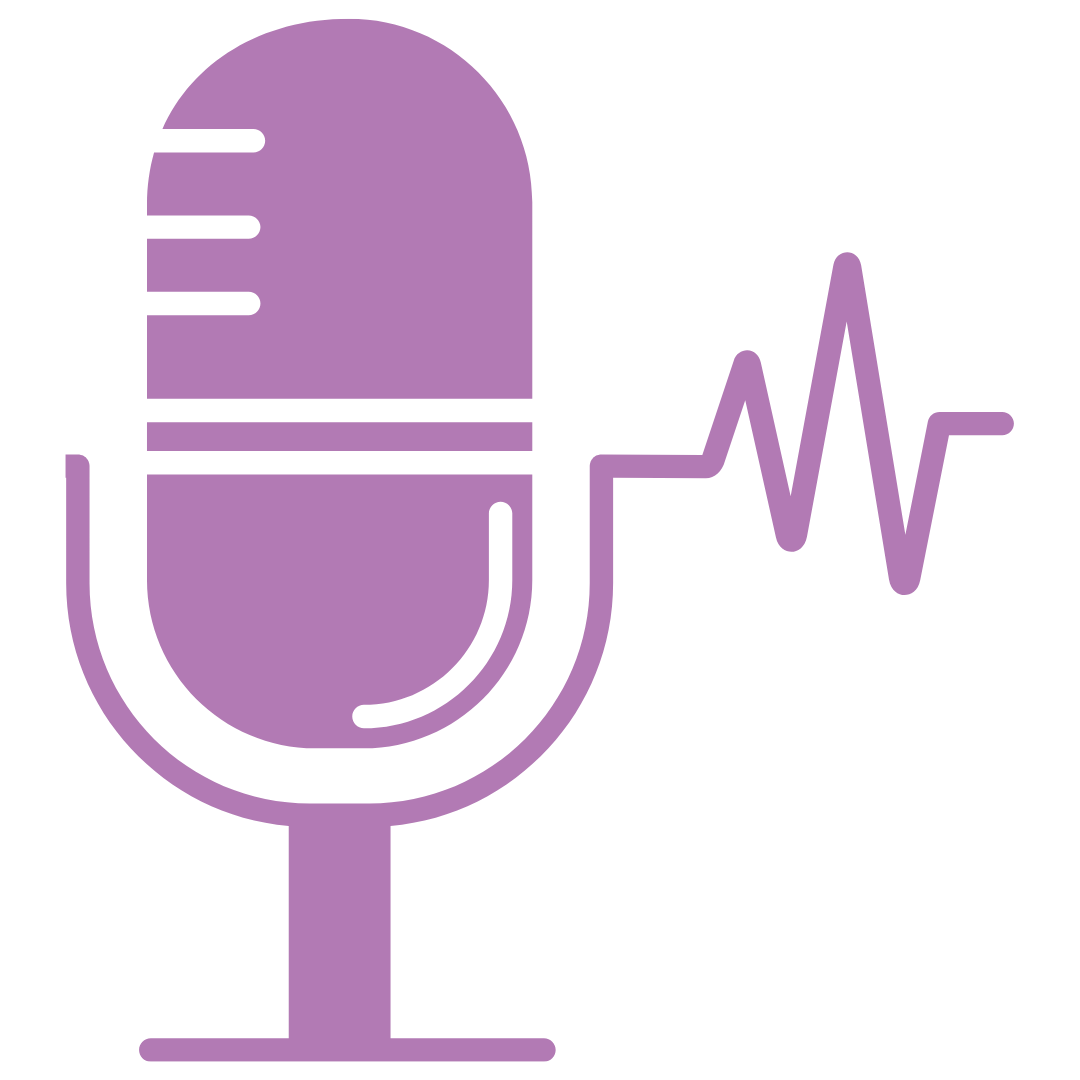
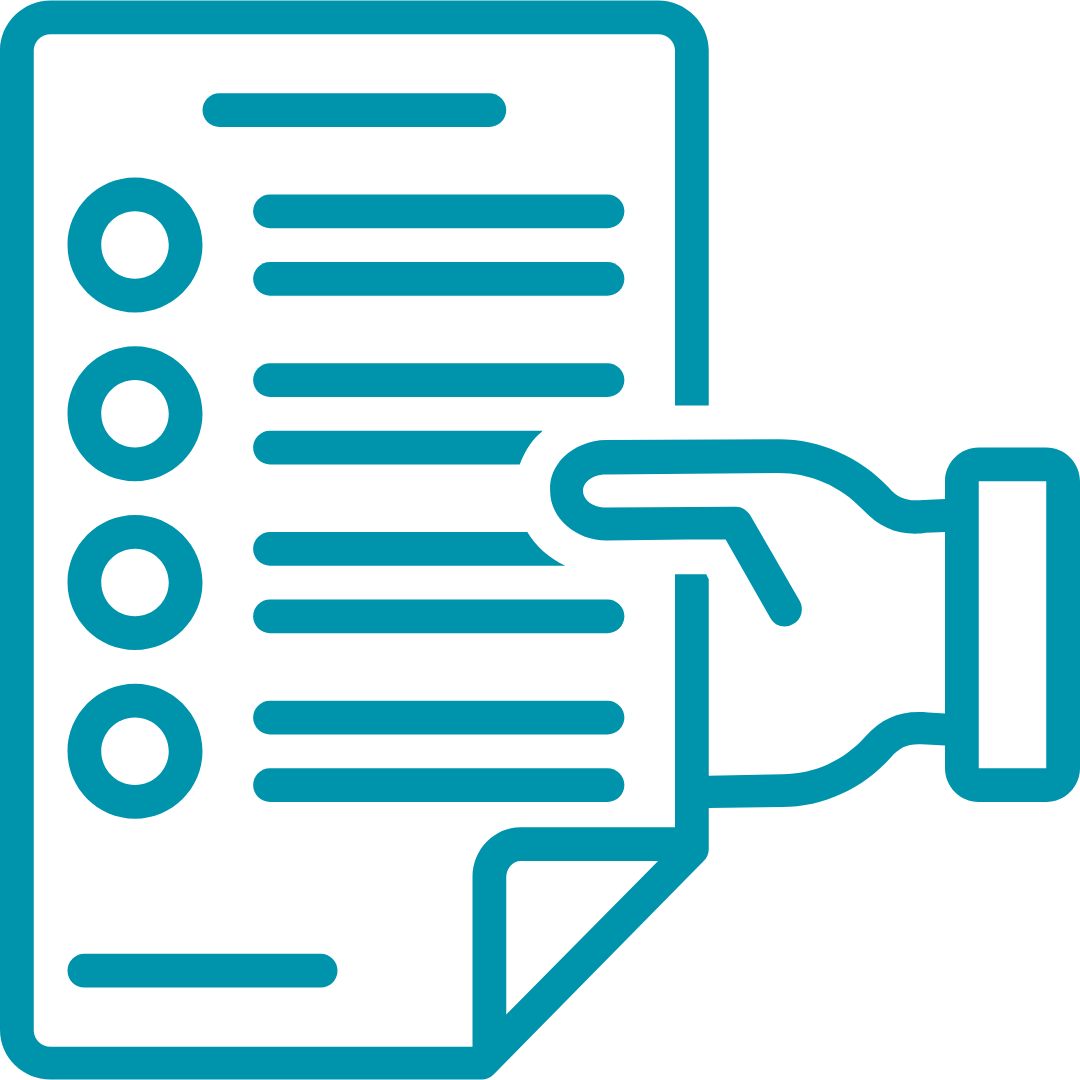
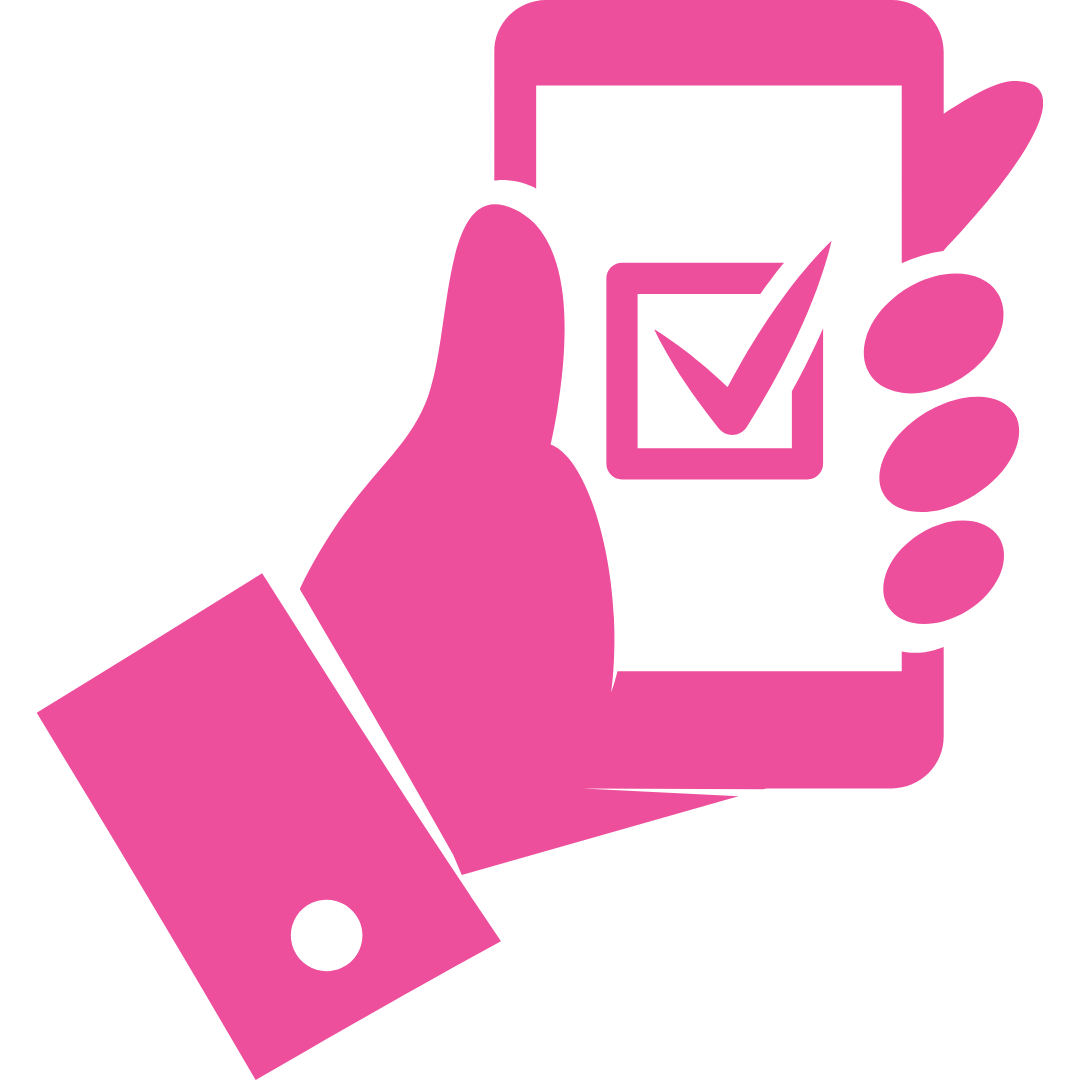
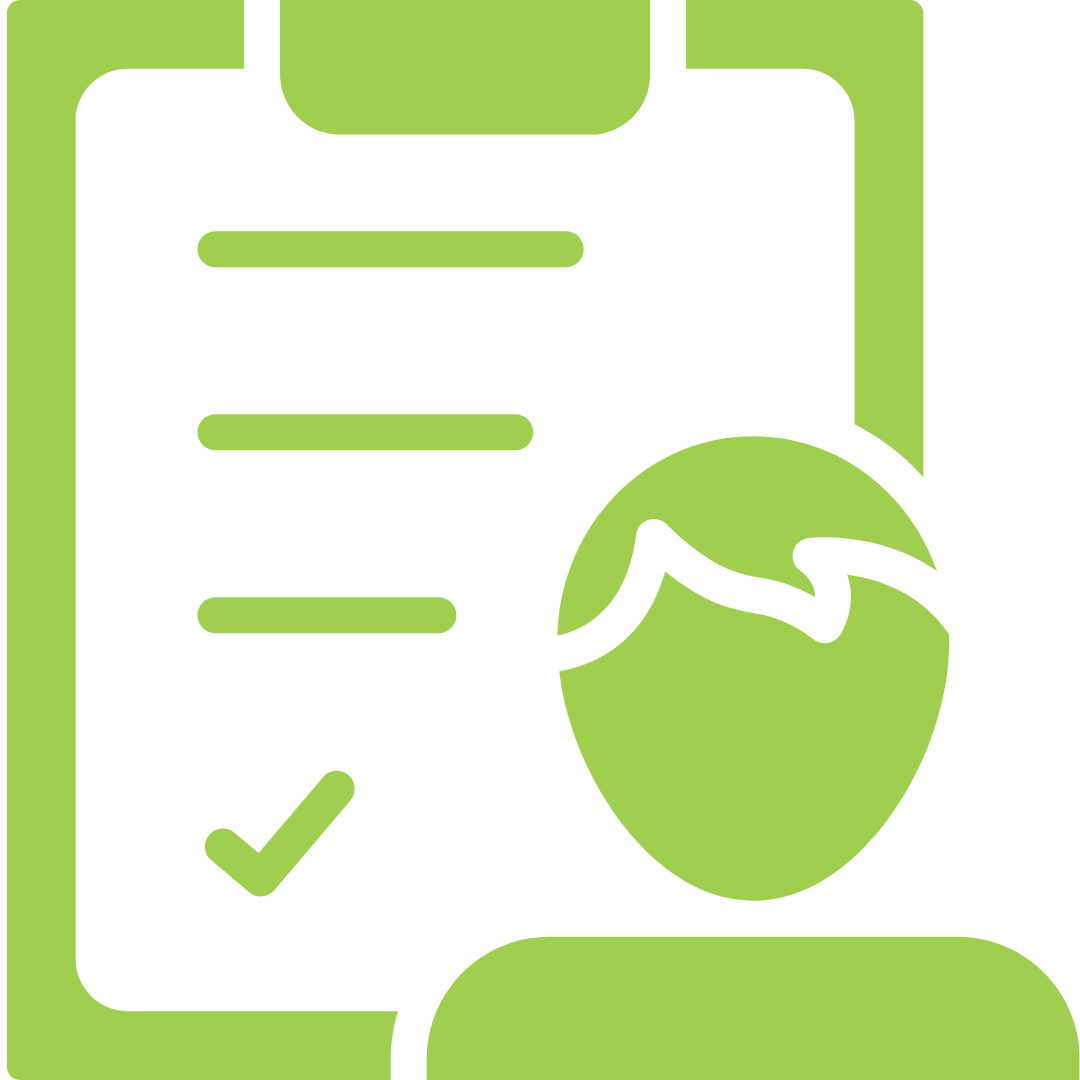
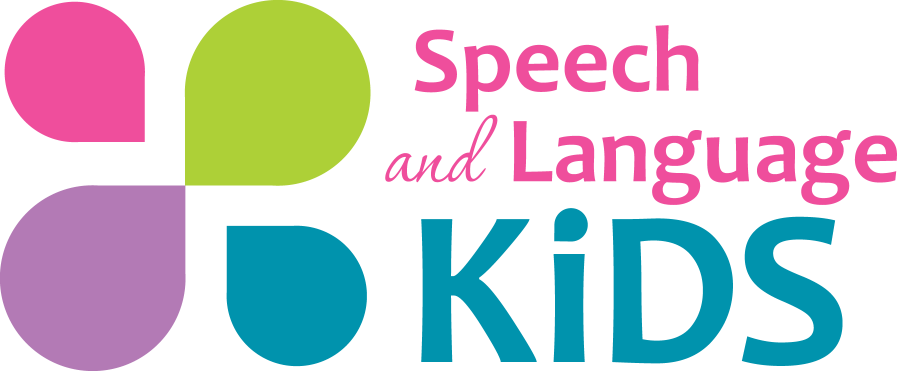

I can’t get this activity to download!
If you are having trouble downloading any products, please email me at SpeechAndLanguageKids@gmail.com and let me know which one you need. I will email it to you. Thanks!
Hi Carrie,
Would you be able to e-mail me the funny faces game? I can’t get it sent to my e-mail for some reason. Thanks!!
I just sent it to you! Check your spam if you don’t see it. Sometimes school networks will block my downloads if you’re trying to download it at work.
Hi Carrie,
The grammar file folder game will not download. Thanks for your help!
I’m sorry you’re having trouble! I’ve found that many schools block my download emails. I’ve emailed you the game but in the future you may want to have those sent to a personal email address if you have one or try downloading it at home. Thanks!
Carrie
Hi – I can’t get this activity to download – it’s like it has a wrong link. It keeps telling me that my email address is already subscribed.
Thanks
Sorry about that, it does that sometimes. Go ahead and check your email. You should have received the download anyway. If it’s not in your inbox, check spam. If it’s not there either, send me an email and I’ll send it to you directly: Carrie@speechandlanguagekids.com
Thanks so much for this activity! I also really appreciated the ideas on how to use this activity for so many different language goals!
You are welcome!! Thank you so much for checking it out!
Hi please email this to me at Angel.lampa@yahoo.com thank you kindly
Angel-
This game has been emailed over to you. 🙂
I’m having trouble downloading this. Would you be able to send this to my email? verleyn@gmail.com
Hi, Natassia-
We have emailed the requested materials to you. Please let us know if you need anything else.
Thank you so much much for all the information and help that you bring to me with your page, I have no words for sharing 🙂
Thank you so much for all of your information – so valuable! Could you please email the Funny Faces to me as I can’t download it here for some reason?
Thank you.
Lisa
Hi, Lisa- We have emailed you a copy of the requested resource. Please check your inbox when you get a chance.